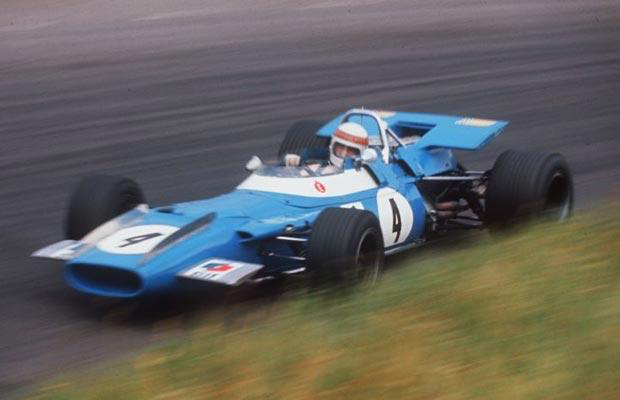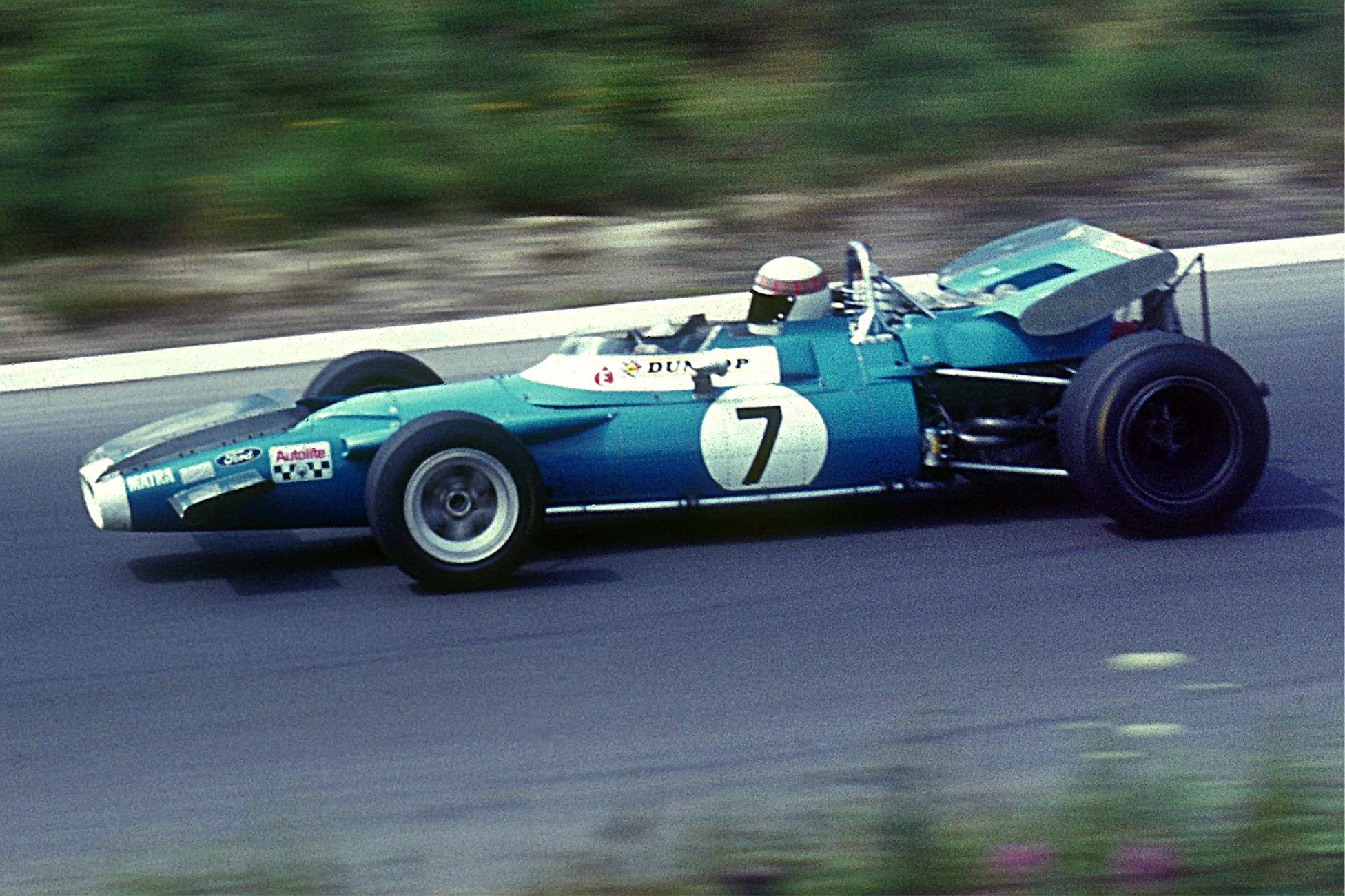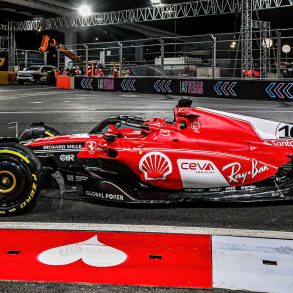Matra MS80
Car: Matra MS80 / Engine: Ford Cosworth DFV 90º V8 / Maker: Matra / Bore X Stroke: 85.7 mm / 64.8 mm / Year: 1969 / Capacity: 2,991 cc / 182.5 cu in / Class: Formula 1 / Power: 430 bhp / 321 KW @ 10,000 rpm / Wheelbase: 2,400 mm (94.5 in) / Track: Front: 1,550 mm (61 in) Rear: 1,550 mm (61 in) / Weight: 168 kilo / 370.4 lbs
After serving with the Royal Air Force in World War II, Ken Tyrrell decided to go into the timber business, figuring that a lot of wood would be needed to rebuild bomb-damaged Britain. He made a fortune and in 1951 began racing in the 500cc Formula 3 series with Cooper chassis.
In the late 1950s he began preparing cars for other racers, running a Formula 2 Cooper for Henry Taylor. His relationship with Cooper grew and in 1960 the Tyrrell Racing Organization was established. With the introduction of new Formula 3 regulations in 1964 Tyrrell hired a young Scottish driver called Jackie Stewart. It was a relationship[ that would last a lifetime.
The Matra MS80 was the fourth Formula One car produced by Matra, a French aerospace firm whose other products included guided missiles. The car was built at Matra’s Formula One base at Vélizy-Villacoublay in the southwestern suburbs of Paris, designed under the direction of Gérard Ducarouge and Bernard Boyer. With the help of Elf and Ford, Tyrrell achieved his dream of moving to Formula One in 1968 as team principal for Matra International, a joint-venture established between Tyrrell’s own team and the French auto manufacturer Matra. Stewart was a serious contender, winning several Grands Prix in the Tyrrell-run Matra MS10.
For the 1969 championship, the Matra works team decided not to compete in Formula One, deciding to concentrate on sports car racing and on developing their V12 engine.. Matra would instead focus its efforts on Ken Tyrrell’s ‘Matra International’ team and build a new Ford Cosworth DFV powered car. The MS80 was one of the first F1 racing cars to be designed with “wings” for downforce to increase high-speed tyre grip. These were originally introduced into F1 in 1968. Due to some serious racing accidents with the flimsy 1969-type high wing constructions early in the racing season, like all 1969 F1 cars the MS80 was altered to use more sturdy lowered wings, directly attached to the car’s body, later on.
Stewart, who was joined by Frenchmen Johnny Servoz-Gavin and Jean-Pierre Beltoise, won the first two races of the season before retiring at Monaco where Graham Hill took his fifth and final victory. Stewart would continue and win at Holland, France, Britain and Italy to sweep to the World Championship. Stewart won six of the eleven races run and ended 26 points clear of the second place driver Jacky Ickx. During the season the Belgian Grand Prix at Spa-Francorchamps was boycotted by many of the drivers because of the extreme danger of the track after an overall inspection of Spa by Jackie Stewart. He demanded changes to the circuit that the track owners did not want to pay for, so the race was boycotted and eventually cancelled.
Matra won the Constructors’ title but for 1970 tried to insist that the Tyrrell team use Matra V12 engines as well as the chassis. Tyrrell refused and bought March chassis instead, while secretly hiring designer Derek Gardner to design a Formula 1 Tyrrell chassis. Jackie Stewart in a 2006 issue of the British Motorsport magazine referred to it as the nicest-handling F1 car he had ever driven and for a driver of Stewart’s caliber that’s all it took.
Matra’s small sports car company had been taken over by Simca, and so a Matra Simca MS120 was raced by Beltoise and Henri Pescarolo in 1970, achieving three third places. Chris Amon replaced Beltoise for 1971 and won a non-championship race in Argentina. However, over the next two seasons the glorious sounding engined cars never won a grand prix.




















